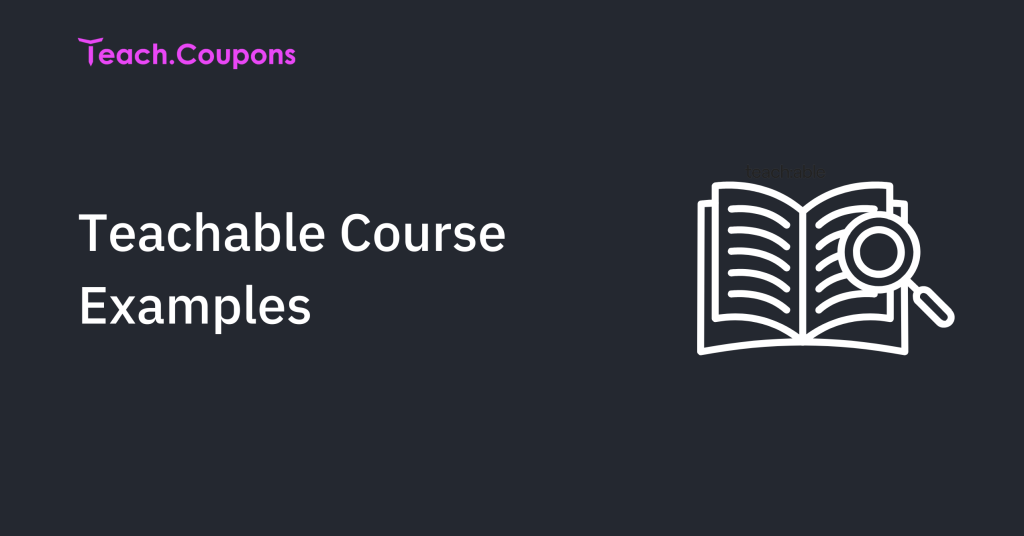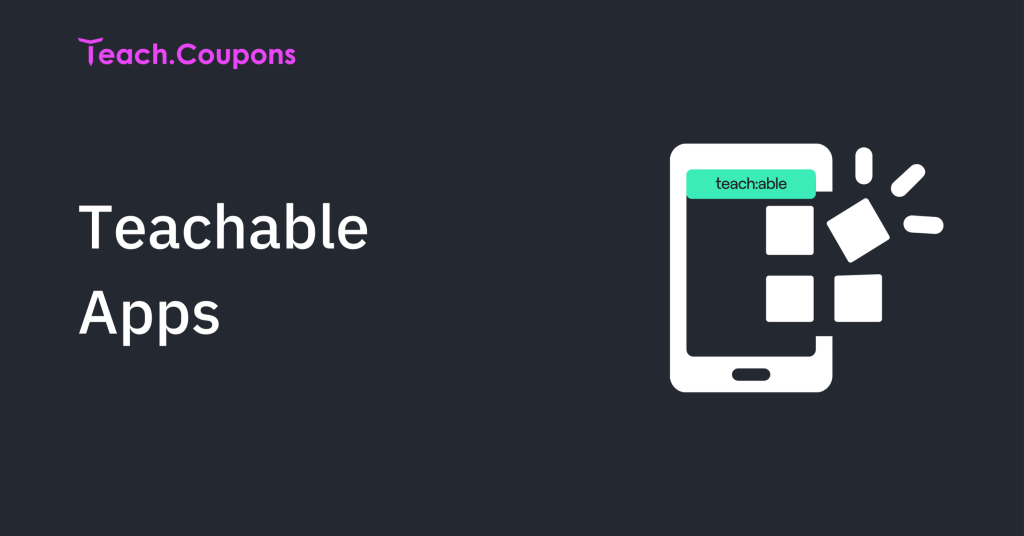Creating a great Teachable course is only the start. The real challenge is getting your course in front of the right people without spending money on ads.
If you’re new to course creation or want to reach more students without a big marketing budget, this guide will show you exactly how to promote your Teachable course for free using methods that work.
These aren’t theoretical strategies; they’re battle-tested approaches used by successful course creators who’ve built thriving businesses from scratch.
We’ve also listed the 12 methods according to their difficulty levels! Begin with the top three methods and then gradually progress to the others.
12 Free Promotion Methods For Your Teachable Course: Quick Table
Here’s a complete overview of all 12 strategies with realistic time commitments and difficulty levels to help you choose the best methods for your situation:
| No. | Method | Description | Difficulty | Time/Week | Free Tools Available |
|---|---|---|---|---|---|
| 1. | Facebook/LinkedIn Groups | Community engagement & help | Beginner | 1 hour daily | Platform groups |
| 2. | Social Media | Instagram, TikTok, LinkedIn engagement | Beginner | 1-2 hours daily | All platforms free |
| 3. | Pinterest Marketing | Visual content for search traffic | Beginner | 2-3 hours | Pinterest Business free |
| 4. | Quora & Reddit | Answer questions, show expertise | Beginner | 30 min daily | Both platforms free |
| 5. | YouTube Videos | Educational content & collaborations | Intermediate | 5-8 hours | YouTube Studio |
| 6. | Email Newsletter | Direct communication with subscribers | Beginner | 3-5 hours | Mailchimp (2,000 contacts) |
| 7. | Content/Guest Posting | Blog articles on your/others’ sites | Intermediate | 4-6 hours | Medium, LinkedIn |
| 8. | Free Webinars | Live teaching sessions | Intermediate | 4-5 hours | Zoom (40min limit) |
| 9. | Content Repurposing | Multi-platform content strategy | Intermediate | 2-3 hours | Canva free tier |
| 10. | Strategic Networking | Building industry relationships | Intermediate | 2-3 hours | Social platforms |
| 11. | SEO Optimization | Search engine visibility | Advanced | 3-4 hours | Google tools free |
| 12. | Podcast Guest/Hosting | Audio content & interviews | Advanced | 3-4 hours | Anchor, Spotify |
How To Optimize Your Teachable Course? The Foundation Phase
Before diving into promotional tactics, you need to establish a solid foundation that will make all your marketing efforts more effective. You can count these as free ways to promote your Teachable course, too!
1. Identify Your Unique Selling Point Of Your Teachable Course (USP)
Your Unique Selling Point (USP) is what sets your course apart from the countless others in your niche. Ask yourself:
- What unique perspective, experience, or methodology do you bring?
- What specific problem does your course solve better than others?
- What transformation can students expect after completing your course?
Pro Tip: Create a one-sentence USP that clearly communicates your course’s unique value. For example: “The only photography course that teaches you to master natural light using just your smartphone.”
2. Who Is The Ideal Student For Your Course?
Understanding your ideal student is crucial for effective marketing. Create a detailed profile including:
- Demographics (age, location, income level)
- Pain points and challenges
- Goals and aspirations
- Preferred communication channels
- Learning preferences
Example: If you’re teaching a digital marketing course, your avatar might be “Sarah, a 32-year-old small business owner who struggles with social media marketing and wants to increase her online sales without hiring an agency.”
3. How Do You Create A List Of Students For Your Course?
Set up systems to capture and organize information about your potential students:
- Create lead magnets (free resources) to collect email addresses
- Use surveys to understand their biggest challenges
- Monitor comments and questions on your content
- Track which topics generate the most engagement
4. What Makes Your Teachable Course More Visible?
Your course title should be both compelling and searchable. Research keywords your target audience uses and incorporate them naturally. Tools like Google Keyword Planner, Ubersuggest, or even Google’s autocomplete feature can help you discover relevant terms.
The Education Phase: Building Trust Before Selling
The most effective way to promote your course is to focus on educating your audience first. YouTube promotions are much more effective nowadays since people are used to viewing video content and other educational content. This approach builds trust and positions you as an authority in your field.
Instead of immediately trying to sell your course, provide valuable content that demonstrates your expertise. This strategy works because it:
- Builds trust with potential students
- Showcases your teaching style
- Proves you can deliver on your promises
- Creates a relationship before asking for money
Once you’ve optimized your course visibility, make sure your Teachable login process is smooth for returning students who want to access your content.
How To Promote Online Courses On Social Media?
Important Note: While these methods start free, some may require investment as you scale (larger email lists, extended webinar times, premium design tools). Focus on mastering the completely free aspects first, then reinvest earnings into growth tools.
1. Facebook and LinkedIn Groups
Online groups are goldmines for course creators because they’re full of people looking for solutions to specific problems. By helping out in groups where your target audience hangs out, you can build relationships, show your expertise, and naturally attract people to your course.
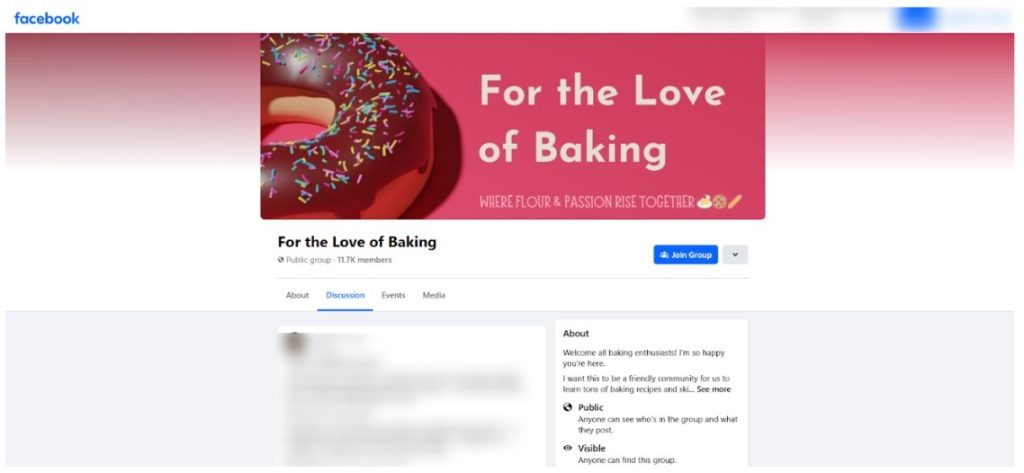
The key is to focus on being really helpful instead of pushy, which builds trust and makes you the go-to expert in your field.
Free Tools:
- Facebook Groups (completely free)
- LinkedIn Groups (completely free)
- Group management through native platforms
Pro Tips:
- Find 10-15 active groups where your ideal students spend time and become a helpful member.
- Read group rules carefully and follow them exactly to avoid getting kicked out.
- Give detailed, helpful answers without immediately trying to sell your course.
- Build relationships with other group members and admins for potential partnerships.
- Only share your content when it truly helps the discussion.
Example: A photography course creator might join “Small Business Owners” groups to help with visual content questions, naturally building authority in visual marketing.
2. Social Media Marketing (Instagram, TikTok, LinkedIn)
Social media lets you connect with your target audience where they already spend their time. Each platform has its own style and what people like to see, but they all reward creators who give value and really engage with their community.
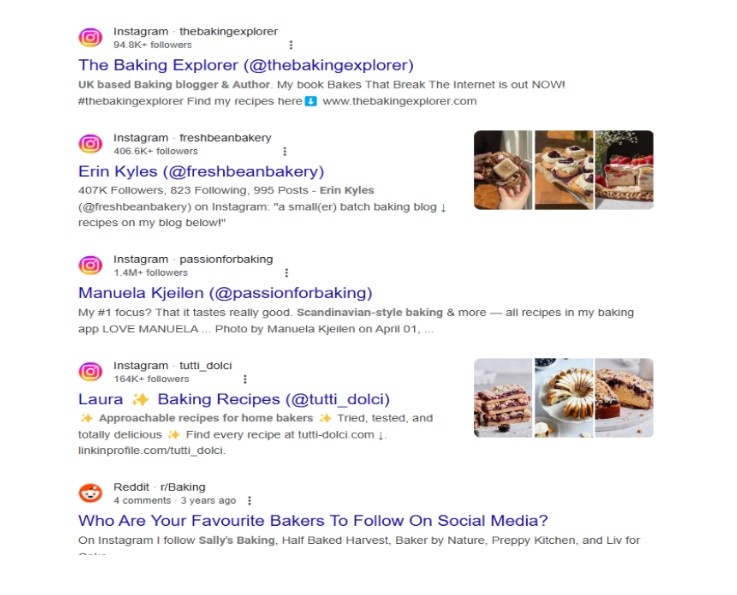
The key is to pick platforms where your ideal students hang out and focus on building real relationships instead of just posting ads.
Free Tools:
- All major platforms are free to use
- Canva (free design templates)
- Later or Buffer (free scheduling tiers)
- Reels, TikTok, LinkedIn native editors
Pro Tips:
- Post consistently but focus on quality over quantity (daily posting not required).
- Use popular sounds and hashtags to get more views while staying true to your topic.
- Grab viewers’ attention in the first 3 seconds with interesting openings or questions.
- Reply to comments quickly and genuinely to build community.
- Share content from your students and their success stories to show social proof.
Example: A cooking teacher could make “30-second recipe hacks” on TikTok or “meal prep before-and-after” posts on Instagram to show their skills.
3. Pinterest Marketing
Pinterest works more like a search engine than regular social media, making it great for driving long-term traffic to your course content. Users come to Pinterest looking for solutions, inspiration, and resources, making them highly engaged and likely to take action.
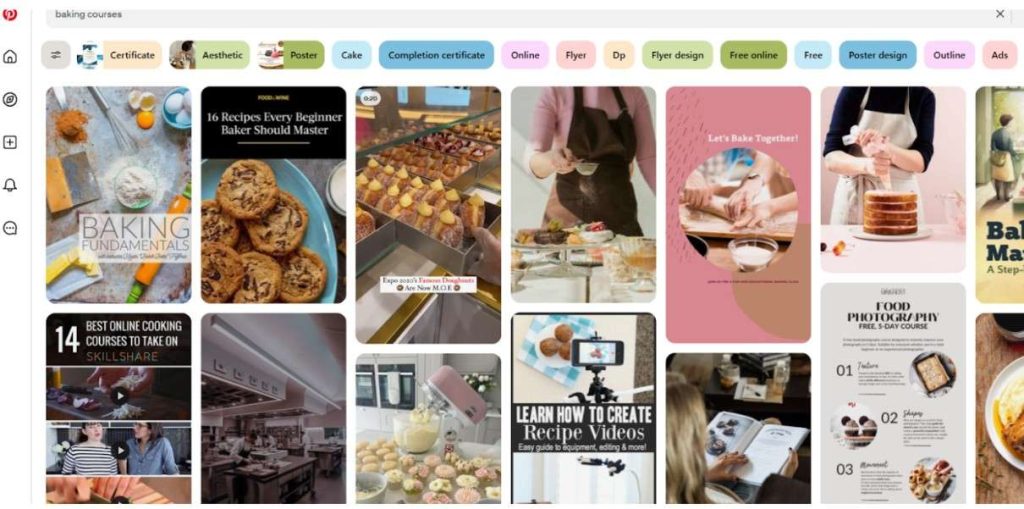
Pins can keep driving traffic for months or years after you create them. The visual nature of Pinterest makes it especially good for courses that can be shown through appealing graphics, infographics, or before-and-after transformations.
Free Tools:
- Pinterest Business account (completely free)
- Canva (free design templates)
- Pinterest Analytics (built-in and free)
Pro Tips:
- Create visually appealing pins with bold, easy-to-read text that clearly shows value.
- Use vertical images made for Pinterest’s format and include relevant keywords in descriptions.
- Pin regularly and join relevant group boards to increase your reach.
- Create multiple pin designs for the same content to test what works best.
- Focus on value in your pins rather than directly promoting your course.
Example: A personal finance course creator might create pins for “Budget Planning Templates” or “Debt Payoff Strategies” that link to helpful blog posts.
4. Quora and Reddit Engagement
Question-and-answer sites like Quora and Reddit are full of people looking for solutions to specific problems. By giving detailed, helpful answers, you can show you’re an expert while building trust with potential students.
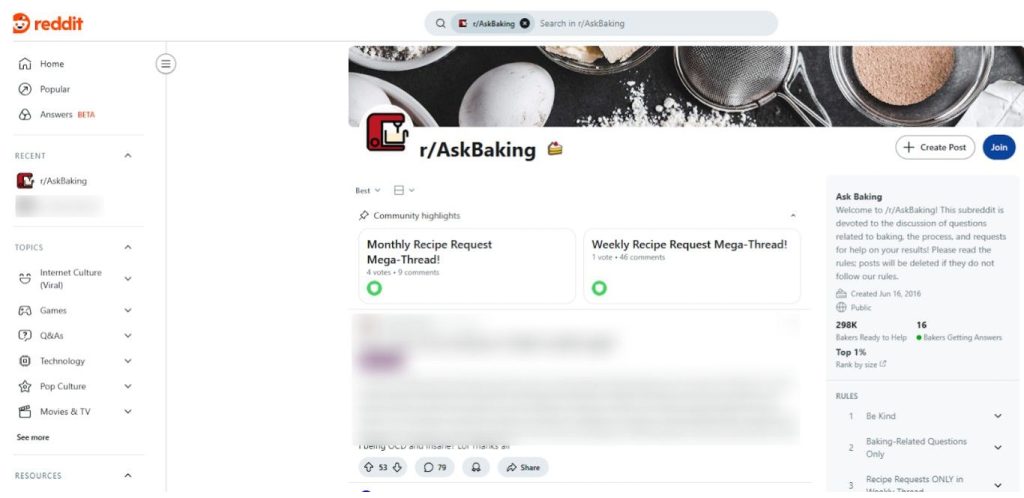
These platforms reward quality content with more visibility, and good answers can keep attracting readers for months or years. The key is to focus on being genuinely helpful instead of pushy, which builds credibility and makes people want to learn more about your course.
Free Tools:
- Quora (completely free)
- Reddit (completely free)
- Both have built-in analytics
Pro Tips:
- Spend 30 minutes daily answering questions in your area of expertise with detailed, helpful responses.
- Focus on questions with lots of views and few complete answers for maximum visibility.
- Include personal experiences and real examples to make your answers more believable.
- Follow up on your answers to engage with people who comment and build relationships.
- Only mention your course when it directly relates to and adds value to your answer.
Example: A language learning course creator might answer questions about “fastest ways to learn Spanish” or “common grammar mistakes” with detailed explanations and study tips.
5. YouTube Videos and Collaborations
YouTube is the second biggest search engine in the world. This makes it super powerful for promoting courses. Creating helpful videos allows you to demonstrate your teaching approach, build trust with viewers, and reach individuals seeking solutions to problems your course addresses.
YouTube’s system favors creators who post regularly and talk with their audience. Working with other YouTubers can help you reach a significantly larger audience by tapping into their existing fan bases.
Free Tools:
- YouTube Studio (completely free)
- Canva (free design templates)
- OpenShot or DaVinci Resolve (free video editing)
Pro Tips:
- Make “How-to” videos that solve real problems your course covers.
- Use eye-catching thumbnails and titles with words people search for.
- End each video by mentioning your course as the next step.
- Work with creators who have similar audiences but don’t compete with you.
- Post videos on a regular schedule so people know when to expect new content.
Example: If you teach web design, make videos like “5 Website Mistakes That Kill Sales” or team up with a marketing YouTuber for a video on “Design Meets Marketing.”
6. Email Newsletter Marketing
Email marketing gives you direct access to interested prospects. Building an email list lets you stay in touch with potential students over time, share helpful content, and promote your course to people who already like what you do.
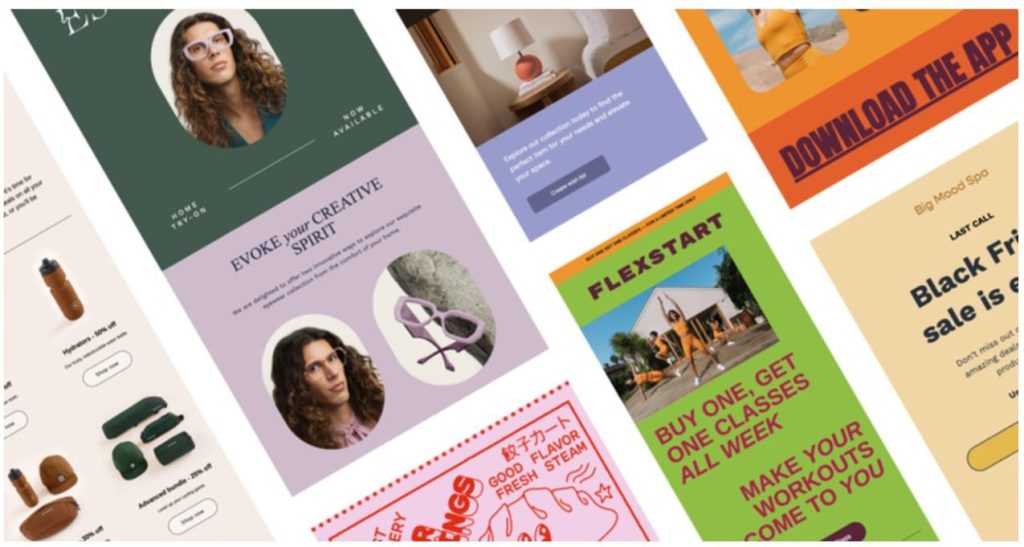
The trick is to help people first and sell second. This builds trust and makes people see you as an expert.
Free Tools:
- Mailchimp (free up to 2,000 contacts)
- ConvertKit (free up to 300 subscribers)
- MailerLite (free up to 1,000 subscribers)
Cost Disclaimer: Most email platforms become paid services as your list grows beyond free tiers.
Pro Tips:
- Create free stuff like mini-courses, templates, or checklists to get people to sign up.
- Follow the 80/20 rule: 80% helpful content, 20% selling.
- Write subject lines that make people want to open your emails
- Group your subscribers by what they’re interested in so you can send better emails.
- Share success stories from your students to show that your course works.
- Consider creating teachable free courses as lead magnets to attract subscribers before promoting your paid offerings.
Example: If you teach digital marketing, give away a free “30-Day Content Calendar Template” to get emails. Then send weekly tips about marketing and real examples of what works.
7. Content Marketing and Guest Posting
Good blog posts are the foundation of most successful course marketing. Well-written posts can show up in Google searches for years, bringing new potential students to your course.
Writing posts for other established blogs lets you reach their audiences and helps your own website rank better in search results. This works because it proves you know your stuff while giving real value to readers, making them more likely to trust you with their money.

Free Tools:
- Medium (free publishing platform)
- LinkedIn Articles (free for all users)
- WordPress.com (free basic sites)
- Google Docs (free writing tool)
Pro Tips:
- Write detailed guides (2,000+ words) that cover important topics completely.
- Include personal stories and real examples to make your content more believable.
- Use links within your posts to guide readers to your course page naturally.
- Research and use keywords that your ideal students actually search for.
- Turn blog posts into social media posts, videos, and email content
Example: A fitness course creator might write “Complete Guide to Home Workouts Without Equipment” and guest post on health blogs that have similar readers.
8. Free Webinar and Workshop Hosting
Live teaching sessions let you show your teaching ability while giving real value to potential students. Webinars create urgency and exclusivity that can drive immediate action, while also allowing real-time interaction with your audience.
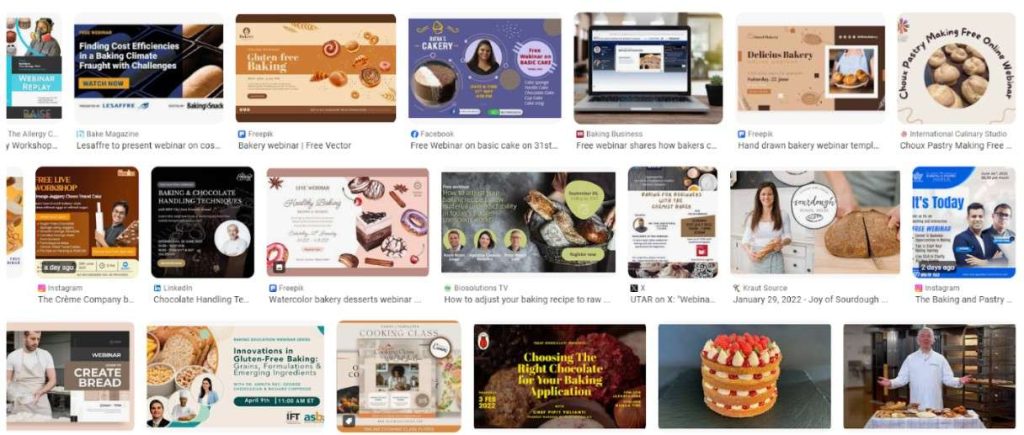
By solving a specific problem during your webinar, you prove your expertise and give attendees a taste of what they can expect from your full course. The interactive nature of webinars also lets you address specific questions and concerns that might be stopping people from enrolling.
Free Tools:
- Zoom (free for up to 40 minutes, 100 participants)
- Facebook Live (completely free)
- YouTube Live (free with channel requirements)
- BigMarker (free tier available)
Cost Disclaimer: Longer webinars or larger audiences may require paid upgrades.
Pro Tips:
- Host bi-weekly or monthly free webinars that solve specific problems your target audience faces.
- Pick topics that are valuable but don’t give away your entire course content.
- Practice your presentation many times before going live to ensure smooth delivery.
- Include interactive elements like polls and Q&A sessions to increase engagement.
- Follow up with attendees via email with additional resources and a soft course mention.
Example: A photography course creator might host “Master Natural Light Photography in 60 Minutes” to show their teaching style and expertise.
9. Repurposing and Cross-Platform Content Strategy
Creating content for multiple platforms can take a lot of time, but repurposing lets you get the most value from each piece of content you create. By adapting core content for different platforms and formats, you can reach different parts of your audience while keeping consistent messaging.
This strategy ensures that your expertise is visible across multiple channels, increasing the chances that potential students will discover your course. It also lets you cater to different learning preferences and consumption habits.
Free Tools:
- Canva (free design templates)
- Social media native scheduling tools
- Google Docs for content planning
- Free video/audio editing software
Pro Tips:
- Start with your most complete format (usually blog posts or videos), then adapt for other platforms.
- Create a content calendar to plan repurposing ahead of time and stay consistent.
- Adapt the tone and format for each platform’s audience while keeping core messages.
- Track which formats work best on each platform to optimize your strategy.
- Use automation tools where possible to streamline the repurposing process.
Example: Turn a detailed blog post into a YouTube video, Instagram carousel, TikTok series, podcast episode, and email newsletter content to maximize reach.
10. Strategic Networking and Community Building
Building real relationships with other course creators, industry experts, and potential students creates a network that can support your course promotion long-term. Unlike direct marketing tactics, networking focuses on mutual benefit and real relationship building.
This approach often leads to collaboration opportunities, referrals, and word-of-mouth promotion that can be more effective than any advertising. Creating or joining communities around your topic also makes you look like a leader in your field.
Free Tools:
- Social media platforms for networking
- Discord (free community server hosting)
- Facebook Groups (free to create and manage)
- LinkedIn messaging (free basic version)
Pro Tips:
- Engage genuinely with others in your industry through social media, events, and online communities.
- Offer to help others without expecting immediate returns to build real relationships.
- Share and promote others’ content when it’s valuable to your audience.
- Attend virtual events and online conferences in your niche to meet potential collaborators.
- Create or join mastermind groups with peers for mutual support and promotion.
Example: A business course creator might join entrepreneur Facebook groups, offer free advice, and build relationships with other business coaches for cross-promotional opportunities.
11. Search Engine Optimization (SEO)
Making your content easy to find in search engines ensures that people looking for solutions your course provides can find you naturally. Unlike paid ads, SEO efforts build up over time, with well-optimized content continuing to drive traffic for years.
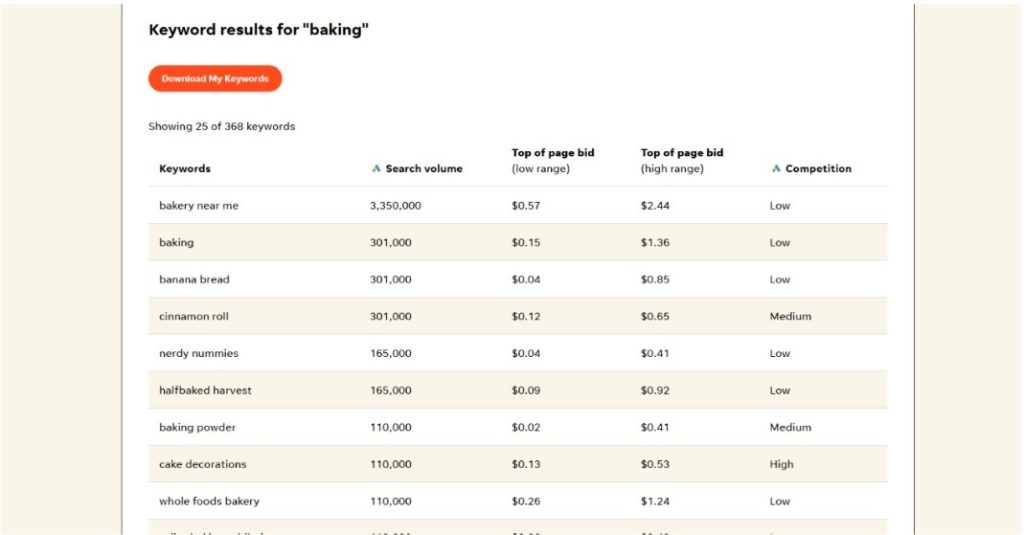
By targeting specific keywords your ideal students are searching for, you can attract highly qualified leads who are already interested in learning about your topic. SEO also builds credibility, as people tend to trust organic search results more than paid ads.
Free Tools:
- Google Search Console (completely free)
- Google Analytics (free)
- Google Keyword Planner (free with Google Ads account)
- Ubersuggest (free tier available)
Pro Tips:
- Research and target long-tail keywords that your ideal students actually search for.
- Create detailed content that thoroughly answers search queries.
- Optimize your course landing page with relevant keywords and compelling descriptions.
- Build backlinks through guest posting and relationship building with other websites.
- Focus on providing the best possible answer to search queries rather than just stuffing keywords.
Example: A yoga instructor might optimize content for “beginner yoga poses for back pain” to attract people searching for specific solutions that their course addresses.
12. Podcast Creation and Guest Appearances
Podcasting lets you build deeper connections with your audience than most other content types. Listeners often develop strong relationships with podcast hosts, making them more likely to trust course recommendations.
Starting your own podcast makes you look like an authority while creating steady content that shows your expertise. Appearing on other established podcasts gives you access to engaged audiences who already like learning, making them perfect potential students.
Free Tools:
- Anchor (free hosting with Spotify integration)
- Audacity (free audio editing)
- Zoom (free for interviews, 40-minute limit)
Cost Disclaimer: Advanced hosting platforms and professional equipment may require investment as you grow.
Pro Tips:
- Pick a specific angle or unique view for your podcast that makes it different from others.
- Prepare thoughtful questions and talking points for guest spots that give real value.
- Always focus on teaching and entertaining before mentioning your course.
- Turn podcast content into blog posts, social media content, and email newsletters.
- Release episodes consistently (weekly or bi-weekly) to build audience expectations.
Example: A digital marketing course creator might start “The Small Business Marketing Show” and appear on business podcasts to share growth tips.
Creating a Realistic Promotion Schedule
Success with free promotion needs consistency and patience. Here’s a flexible weekly schedule that accounts for consistent content creation:
| Day | Primary Tasks | Focus Area |
|---|---|---|
| Monday | Plan your week’s content, join relevant Facebook / LinkedIn groups, and engage with your community. | Planning & Community |
| Tuesday | Write and publish blog content, and respond to comments from previous posts. | Content Creation |
| Wednesday | Create and edit videos for YouTube/social media, and batch content creation. | Video Production |
| Thursday | Answer questions on Reddit and Quora, reply to comments across platforms. | Q&A Engagement |
| Friday | Create and schedule social media content for next week, and analyze performance. | Social Media & Analytics |
| Weekend | Network, look for new opportunities, check analytics, and plan next week’s strategy. | Networking & Strategy |
Note: This schedule supports consistent posting without requiring daily content creation. Adjust frequency based on your available time and chosen platforms.
How to Track Your Success
Keep track of these important numbers to see what’s working:
- Email list growth: Try for 5-10% growth each month
- Social media engagement: Count likes, comments, shares, and saves
- Website visitors: See how many people visit from each promotional method
- Course page views: Track how many people visit your course sales page
- Conversion rate: Measure how many visitors become students
- Student feedback: Collect success stories and testimonials
Mistakes to Avoid
Even with the best strategies, these common pitfalls can sabotage your course promotion efforts:
- Selling too soon: Focus on helping people first
- Posting randomly: Irregular content kills your momentum
- Ignoring comments: Always reply to comments and messages
- Not using keywords: Use relevant search terms naturally in your content
- Trying too much at once: Master 2-3 methods before expanding
- Not following up: Many sales happen through consistent follow-up
- Forgetting student wins: Use testimonials and success stories prominently
Advanced Free Promotion Tips
Once you’ve mastered the basics, try these advanced techniques:
1. Cross-Promotion Partnerships
Partner with other course creators who complement your topic for mutual promotion. You can share each other’s courses with your audiences, creating win-win situations.
2. SEO Content Clusters
Create multiple related pieces of content around your main course topics. Link them together to improve your search engine rankings.
3. Community Building
Create a free Facebook group or Discord server around your course topic. This builds a community of engaged potential students who can eventually become course buyers.
4. Micro-Influencer Outreach
Find small influencers in your niche (1,000-10,000 followers) who might be interested in your course. Offer free access in exchange for honest reviews or mentions.
Teachable Pricing
Choosing the right Teachable plan directly impacts your course profitability and marketing capabilities. Higher-tier plans offer better promotional tools and eliminate transaction fees that can significantly eat into your revenue from free marketing efforts.
| Plan | Price | Transaction Fee | Key Features |
|---|---|---|---|
| Starter | $29/month | 7.5% | Basic course tools, limited features |
| Builder | $69/month | 0% | Zero fees, unlimited students |
| Growth | $139/month | 0% | Advanced marketing, 25 products |
| Advanced | $309/month | 0% | Custom roles, 100 products |
Teachable’s Starter plan ($29/month annually) charges 7.5% transaction fees but offers advanced course tools. The Builder plan ($69/month annually) removes transaction fees and adds live chat support and enhanced customization.
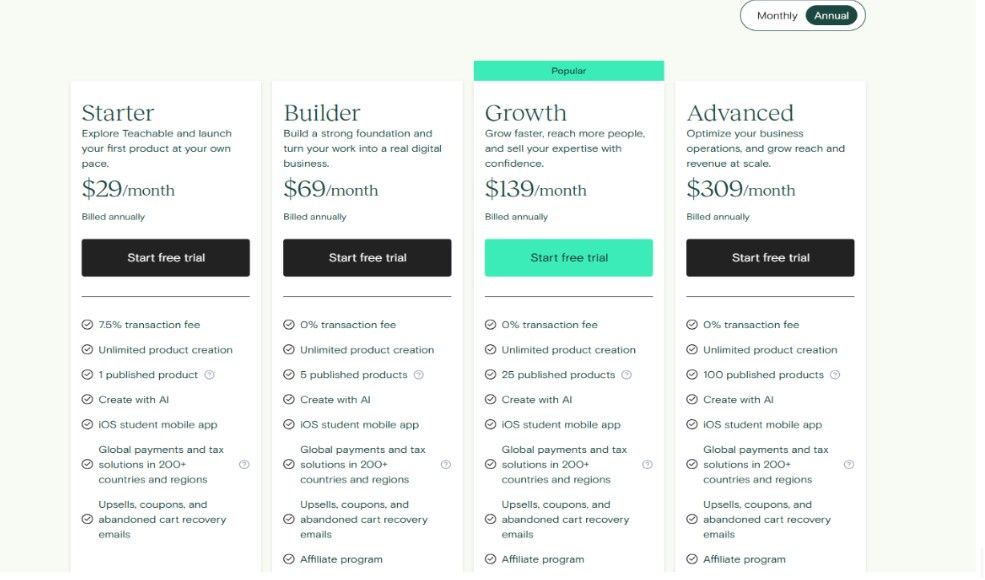
Most course creators find the Builder plan offers the best value, as eliminating transaction fees quickly pays for the upgrade cost when you’re successfully implementing these free promotion strategies.
Conclusion: Successfully Promote Your Teachable Course For Free Using Social Media
Promoting your Teachable course for free requires dedication, consistency, and a focus on providing value before asking for anything in return. By implementing these 12 strategies systematically, you can build a sustainable marketing system that attracts ideal students without an upfront advertising budget.
Start by choosing 2-3 methods that align with your strengths and your audience’s preferences. Master these before expanding to additional channels. Remember, the most successful course creators are those who view marketing not as selling, but as an extension of their teaching mission.
The investment you make in free promotion today will compound over time, creating a steady stream of students who are genuinely excited to learn from you. Stay patient, stay consistent, and focus on serving your audience – the sales will naturally follow.
Ready to start promoting your Teachable course? Pick one strategy from this guide and commit to implementing it for the next 30 days. Consistency beats perfection every time.
FAQs
Email marketing and social media show results in 2-4 weeks, while SEO and content marketing typically take 3-6 months for significant organic traffic growth.
Yes, but focus on one course launch at a time. Cross-promote related Teachable courses to existing students and segment your email list by course topic for better conversion rates.
Start with Quora/Reddit engagement and guest posting. These platforms provide immediate access to existing audiences actively seeking solutions your course provides, requiring minimal following.
Most strategies work universally, but platform choice matters. LinkedIn excels for business/professional courses, Pinterest for creative/lifestyle topics, and YouTube for technical/educational content across all Teachable niches.
Dedicate 10-15 hours weekly across 2-3 chosen methods. Consistency beats quantity; it’s better to excel at a few strategies than struggle with many course marketing tactics simultaneously.

